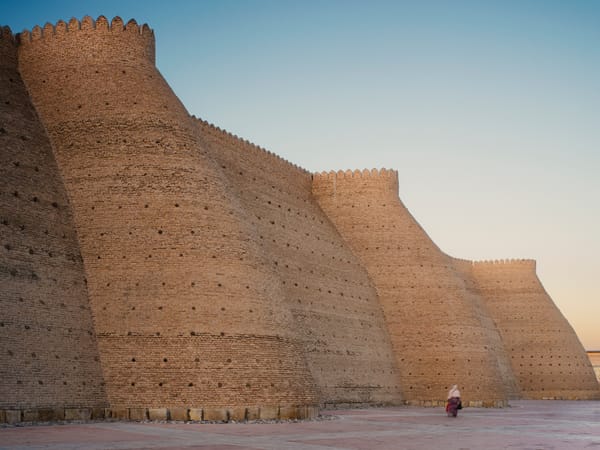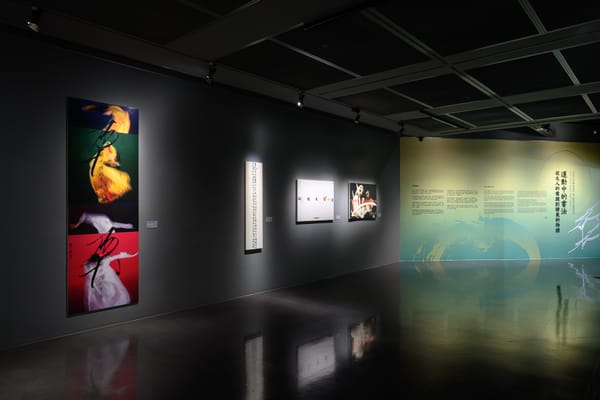Shows
Roberto Chabet’s “Complete & Unabridged, Part II”


“Complete & Unabridged, Part II” is an exhibition title that carries the authority of a new dictionary or a restored manuscript, and it almost merits the bombast: the show offers a partial but accurate vision of contemporary art in the Philippines.
The show was the second installment in a three-part retrospective of Roberto Chabet, who for 30 years has been a constant presence as both an artist and as a teacher at the University of the Philippines College of Fine Arts in Quezon City. In tribute to the man, Osage Gallery’s 15,000-square-foot space in Kwun Tong was divided into seven exhibition areas for a sprawling curation—by Ringo Bunoan, Isabel Ching and Gary-Ross Pastrana—of works by more than 50 of Chabet’s former students.
The artist attained his status by helping to define Philippine art through the demystification of modern art in the region. He helped give Philippine art its own voice by using materials that are common in this tropical country. Ching comments on Chabet’s “makeshift plywood construction of the Philippines, but using the same metal brackets to attach them. There’s always a methodical aspect to his work, a repetition that he taught in his classes.”
Pow Martinez’s The New and Improved Pyramid (2010) literally deconstructs and questions the geometrical, architectural and historical strength of the pyramid, with randomly assembled plywood sticks stabilized by hollow construction blocks. Reaching out toward other works in the same room, Pyramid is an amorphous and strong statement that taps into universal themes of space and temporality. In its use of simple materials and its focus on structure, Pyramid clearly shows the influence of Chabet, who was trained not as a fine artist but as an architect.
Kaloy Olavides uses collage to create depth and comment on a social problem in Need Extension: House (2009). The piece is made of hundreds of cutout hands arranged in a conical shape, in which the opening tip is a tiny white space in the form of a house. The piece makes a strong visual impact, like a window leading into another dimension. By using readily found objects—magazine cutouts or plywood—Chabet and his students comment on the social reality in their country, in which many people are in need of basic necessities such as shelter.
The window was a recurrent theme in the exhibition. Cocoy Lumbao’s video, Vanguard (2007), is a continuous shot of an airplane wing from its window. The fixed vantage point helps the viewer to see and feel the small movements of being on an airplane—the changes in the clouds and sunlight—until the view fades into abstract forms. In this, Vanguard illustrates another of Chabet’s teachings—that art should explore the area where everyday life and abstraction collide.
Sharing one of the spaces with a highly graphic and colorful mural, Romeo Lee’s four pen-on-paper drawings made as big an impact as did their neighboring wall installation. The first of the series, entitled The Worst of the Worst Is the Beast (2011), draws the viewer in with the Betty Boop-like eyes of a female figure bending over to give cat food to two figures melting into the outer structure of the picture. Lee draws a parody of a shack-lined Filipino alley with all walks of life represented—old drunken men, a schoolboy whose bottom is showing from above his pants, a turbaned man, a punk youth with spiked hair and a haggard female figure. Following one of Chabet’s teachings, in which he encouraged students to revisit tradition as a way to question and go beyond it, Lee uses a traditional drawing technique and demonstrates that it can be as expressive as any form of new media.
Through his teaching and his deconstructive approach to the making of art—an approach that produces, in his words, “creatures of memory”—Chabet has been instrumental in encouraging young artists to assimilate the discoveries of Modernism and then to go beyond them, to create work that is relevant today. “Complete and Unabridged” attests to his importance on several generations of Filipino artists.







